Submitted Review
Judy Watson ‘Memory scars, dreams and gardens’
Memory scars, dreams and gardens offers Melburnians the chance to view the artist’s first solo exhibition in the city since 2016. A distinguished artist, Watson has been exhibiting consistently in public and commercial spaces around Australia and internationally since 1979, exploring issues of personal, political, cultural, social, environmental and indigenous concern. Borne from her practice — poetic, subtle murmurings of mark-making — Judy Watson is perhaps our most gentle protest artist.
However, we open with drama. Unavoidably. Lift doors draw back akin to stage curtains revealing the first glimpse of the mise en scéne. We step into the gallery, into the show. High white walls, large windows, filtered sunlight, floors so polished they reflect the artworks as clearly as the most pristine, still, lake. Its stunning. Narcissus would be physically incapable of leaving this room.
Floor as a reflective pool, we see large-scale canvases with recognisable botanic motifs, silhouettes, strong lines, clear contours, in stereo. We see art and reflection of art. This is a serendipitous relationship. Watson’s canvases — paintings, drawings, prints, transfer, embroidery — a hybrid of processes and aesthetic outcomes have water as their relational commonality. As we look into a pool of water, so too we look into a Judy Watson canvas. We see the surface, and slowly our eyes adjust, to the layers of organisms that live at different levels of this illusory vision the deeper, and deeper we fall. Apparitions, ghosts, suggestions, there are many surfaces, it’s a matter of adjusting focus.
Free-hanging, suspended from pins fastened to the wall, the artist has long presented her canvases without further support — no frames, no stretchers. Scrolls, shrouds, unencumbered by traditional constraints and boundaries are compatible with the esoteric, spiritual depth of her work. And I am familiar with her ancestral spirit figures — haunting, voiceless, unnamed, unknown identities she remembers back into existence. We see them now, because we see what she sees.
In this show, her reference to botanic form is foremost. A tuft of grass in dramatic black shadow form spans across a 2-metre white canvas, with bold jagged blood red linework cutting across it. But not white and not jagged. Indigo, erased, pared back, poured, danced on, interfered with, drawn on. Red is stitched. Sutured. Deliberate, systemic. Many things at once. Not subtle. Complex. From the room sheet there is a reference link for ‘memory scar with grass’, the red stitching (a collaborative element) is a scientific graph. It is data sourced from a report — “quarterly percentage change in living standards September 3, 2020”. Other works hold data within their compositions — “to keep the COVID-19 outbreak under control we need to keep growth factor below 1.0”, “daily confirmed COVID-19 deaths in Australia 14 March — 23 April, 25 May 2020”. Contemporary data upon environmental motifs, upon shadows of water, ghosts of netting, scars of creases, leaves — our mother nature, our history, our place, our connection — here we are together, present at this moment.
Some canvases are totemic, they are ghosts. ‘unrecorded’ is a suite of 6 such material columns. Like X-rays of the spine of history. The artist explains they “reference the unrecorded names of Aboriginal people within Australian history”. Tablets of invisible names, that we feel are just becoming visible. Like a photograph in the process of developing. Threads drop from the canvas, sinewy, blood-like. It is worn in places, holes, scars, this is no pretty history.
The show extends into gallery two with an unexpected and beguiling collection of small individual works on panel that make wonderful company. A strong canvas composition, and an enlightening video interview produced by Tate Gallery, London.
Determined, committed, and steadfast. Watson seduces the viewer toward her, into her world of ideas, a world of caring, to be a part of place.
‘Stand up and resist and use art as a platform to discuss ideas.’ Judy Watson Tate video interview 2019.
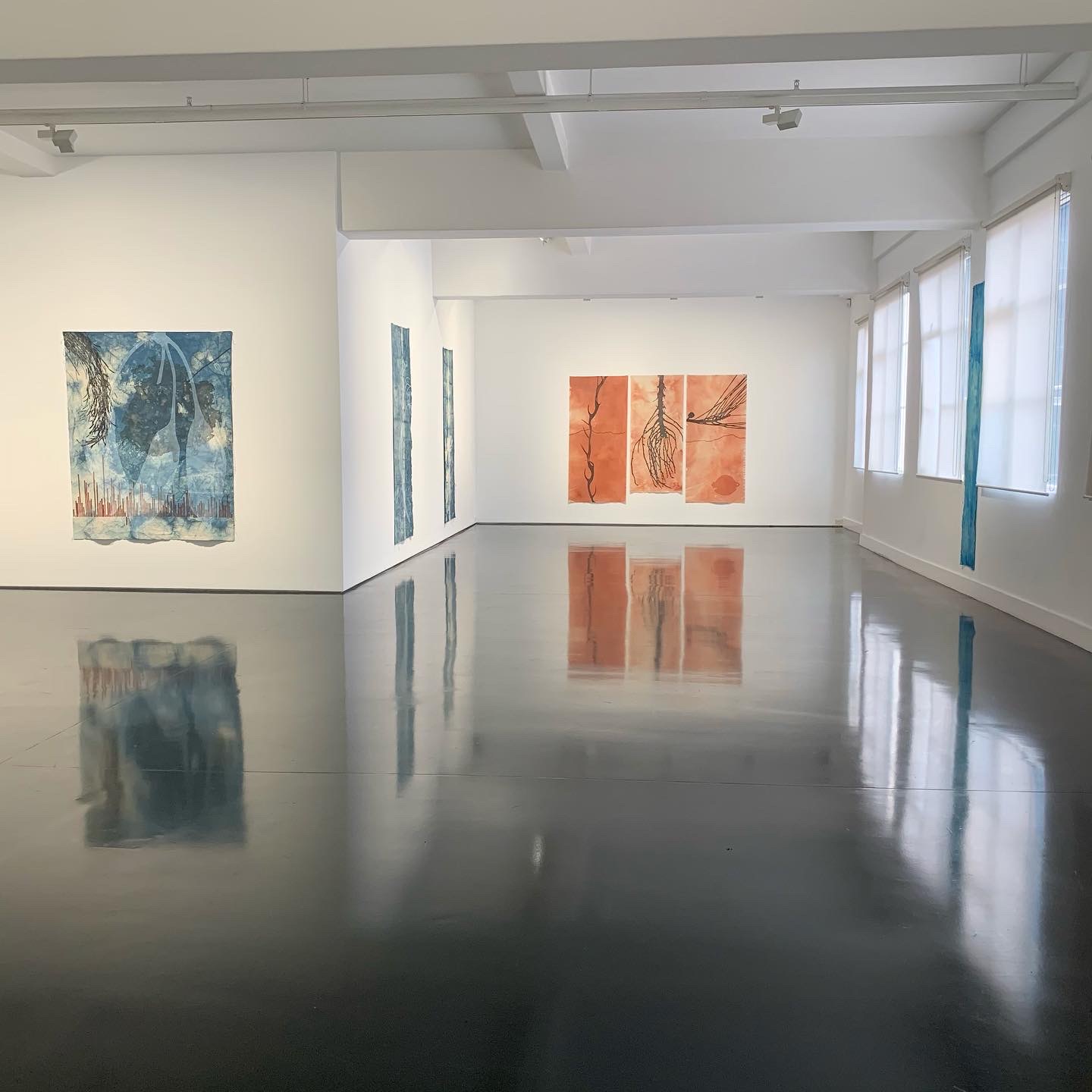
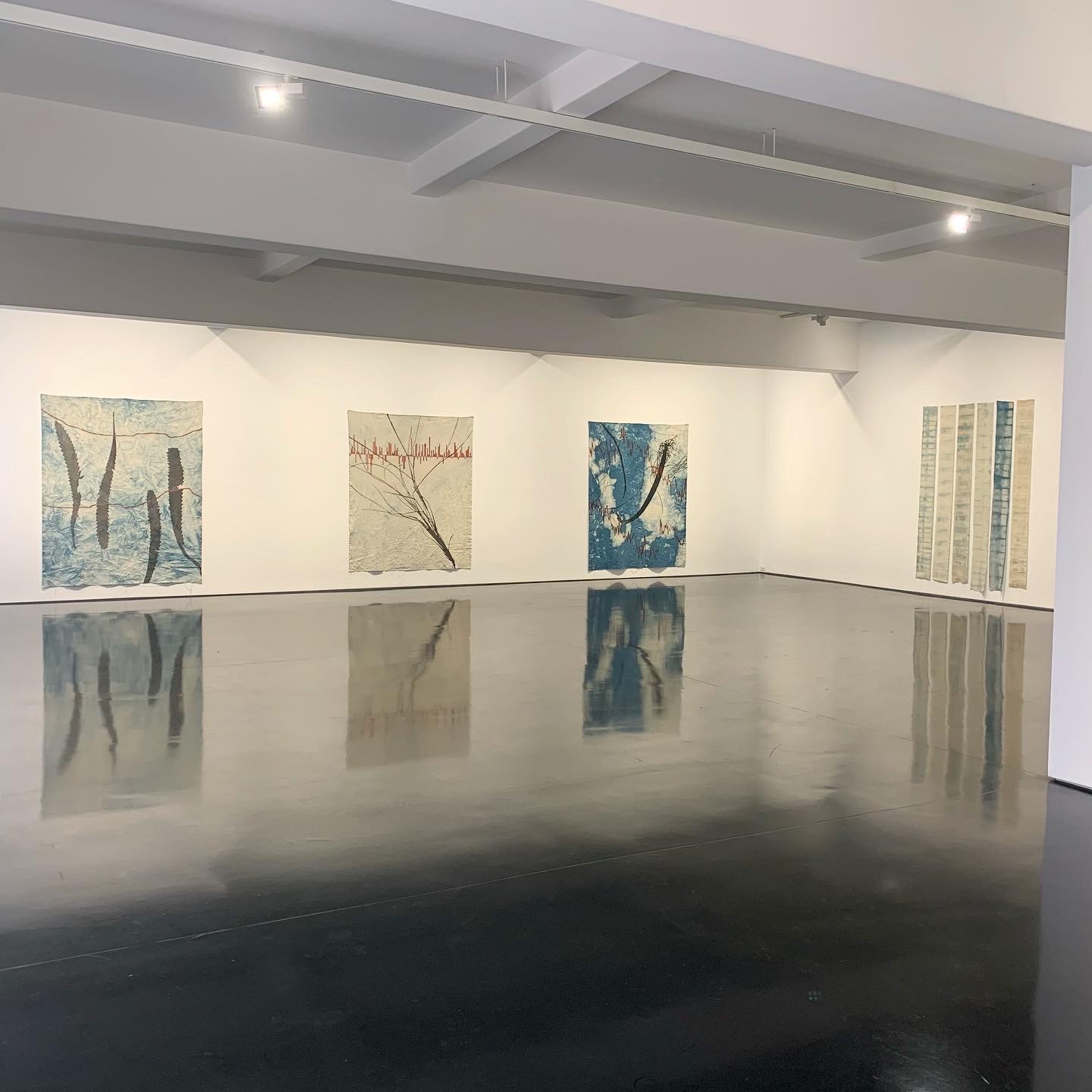
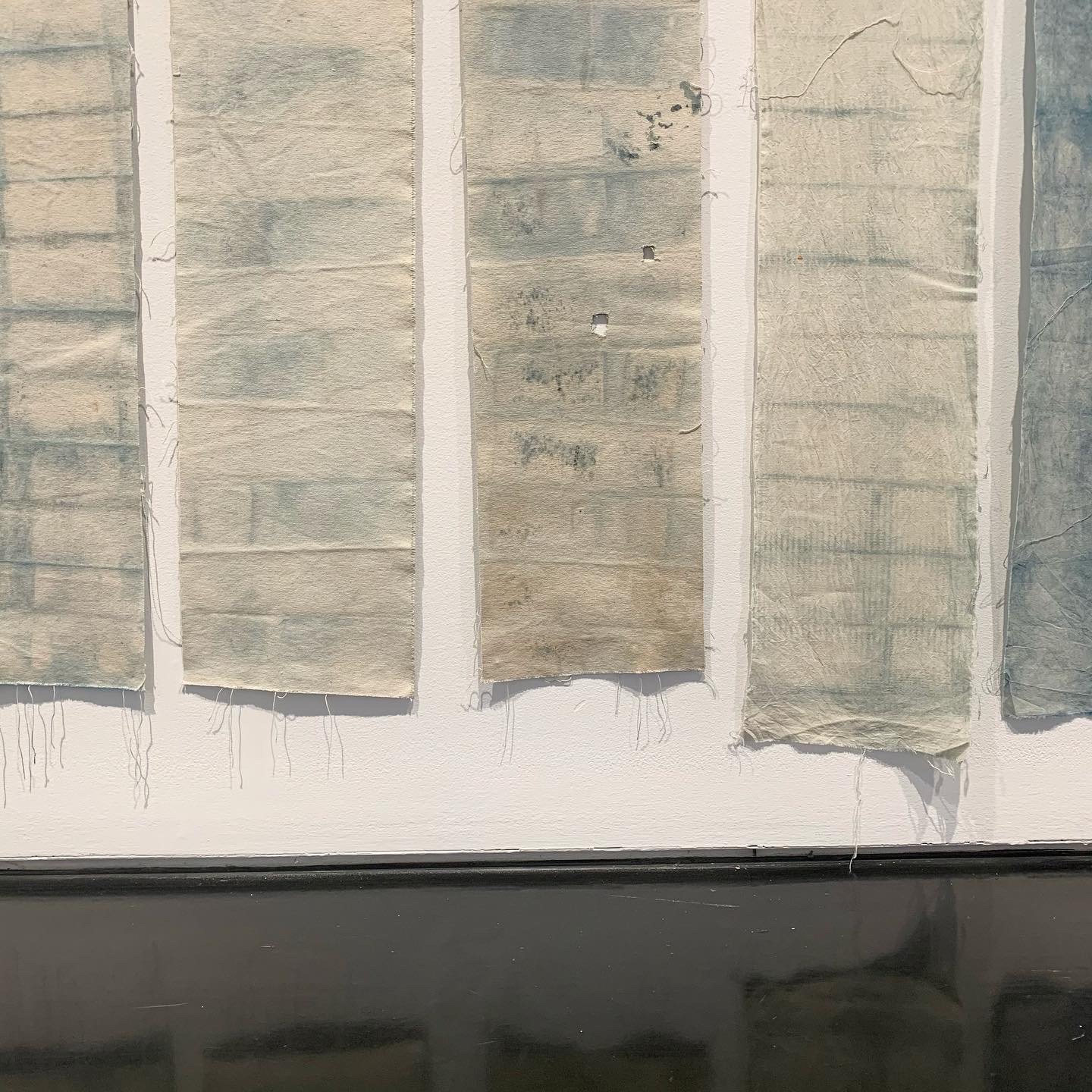
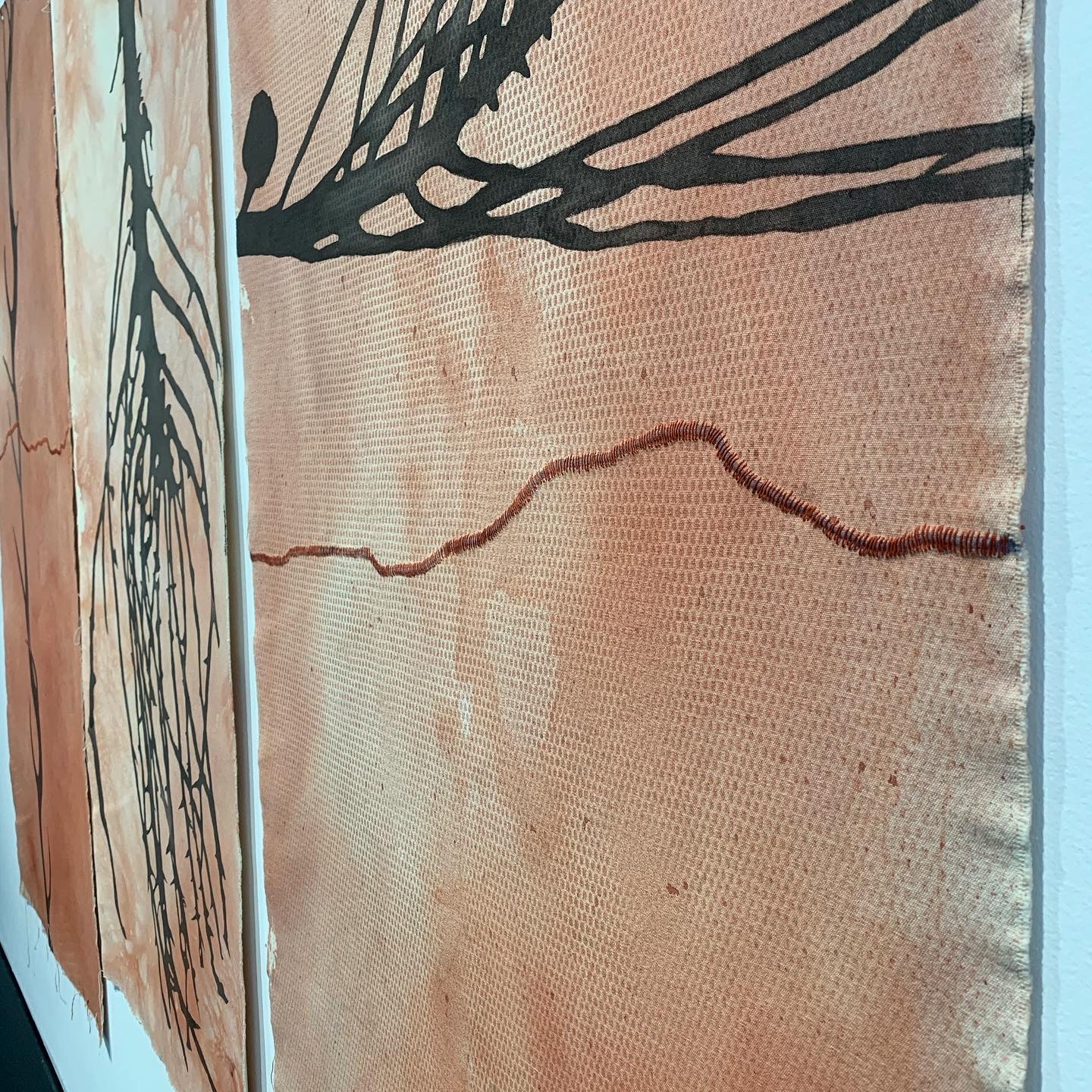
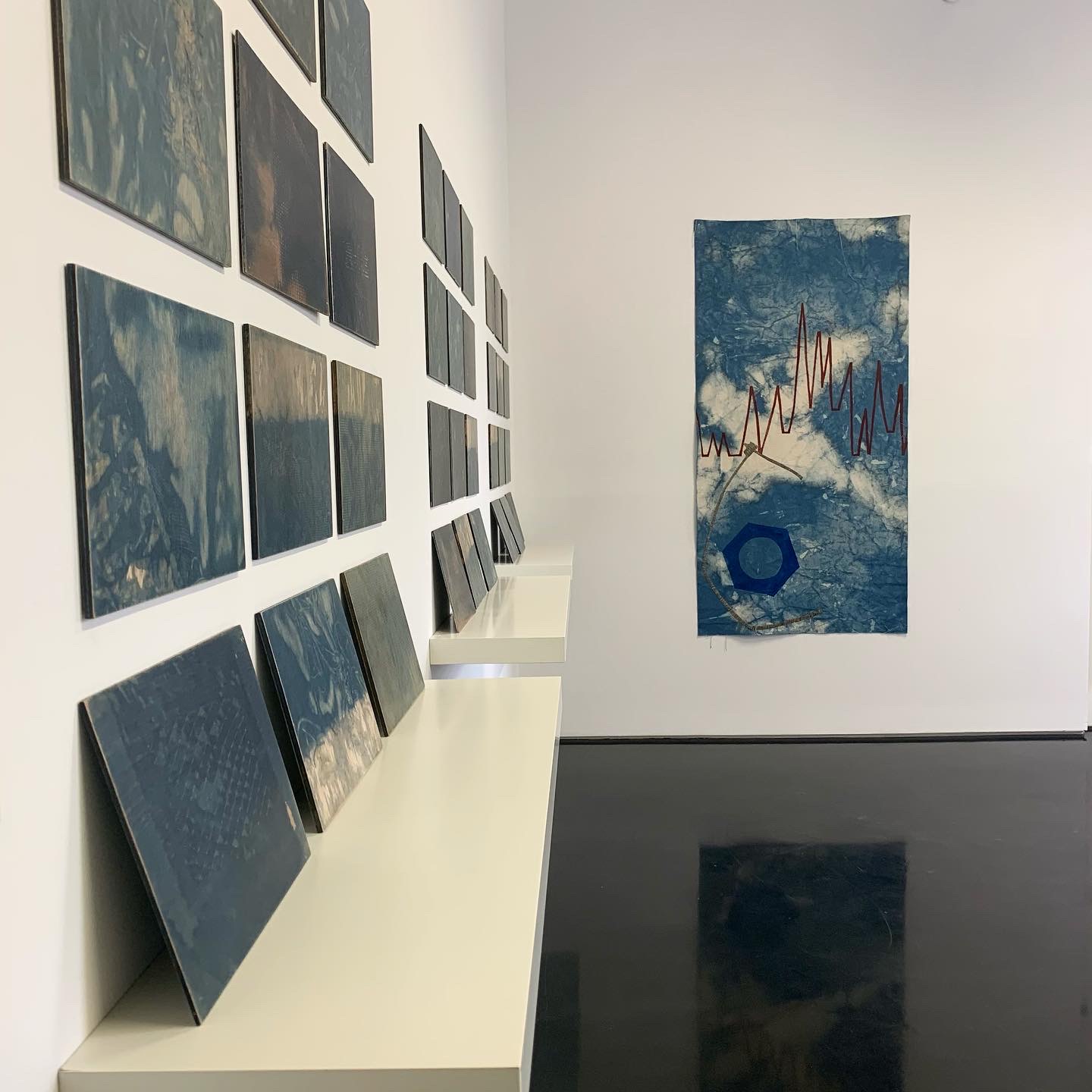
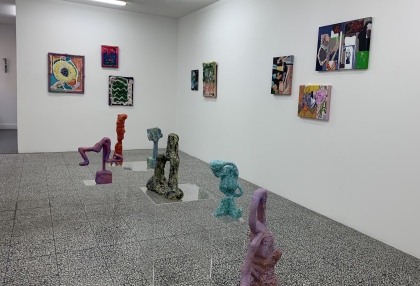
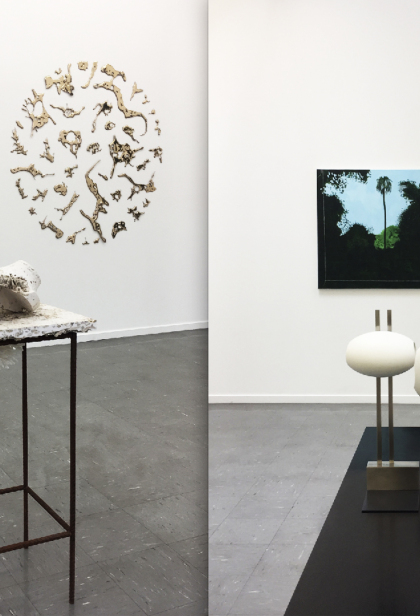
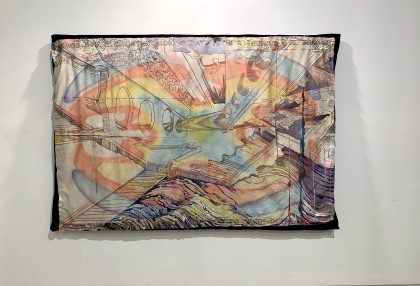
No Comments